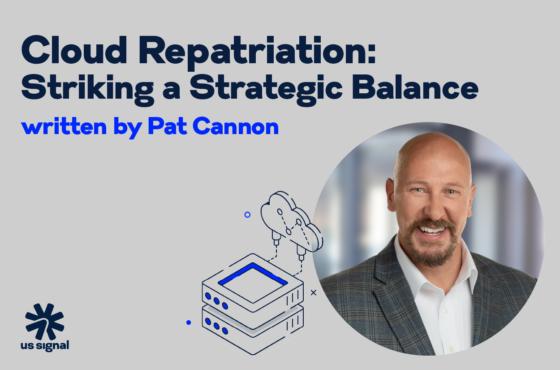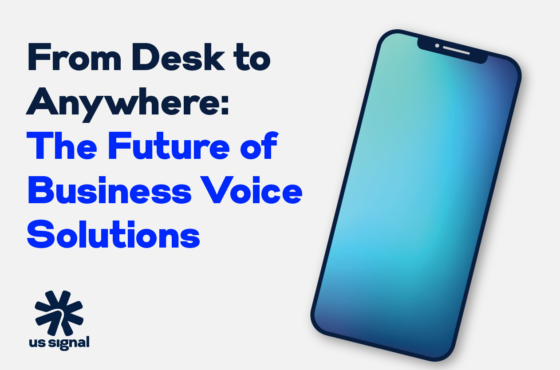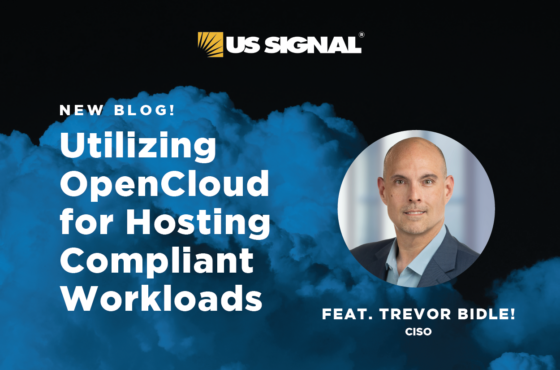Accelerate Manufacturing Company Digital Transformation
March 22, 2022
Cloud, IT Services, Manufacturing
In the age of smart manufacturing, robotics, drones, 3D printing, virtual reality, machine learning, and other technologies, it’s surprising that so many manufacturers have been slow to embrace digital transformation (DX) or move it ahead with it if they have. According to a Forrester Consulting survey, only 12% of manufacturing leaders say they have delivered digital transformation programs across their businesses.
Why are so many in the industry hesitant to push forward and take advantage of the many advanced IT solutions for manufacturing that exist? They know they can no longer rely on old-school processes and paper-based information.
They know that to keep customers satisfied, lower production costs, improve the speed of operations and minimize errors, they need to leverage sophisticated technologies, such as artificial intelligence and the internet of things, among others. In fact, more than 90% of respondents in the Forrester survey said that DX was important for their success.
The Obstacles
For some companies, a lack of in-house resources or expertise to guide the change is to blame for the lack of DX progress. Others have been busy with “business as usual,” keeping up with current orders and making sure the pipeline is full. Still, others are struggling to justify new expenditures when they’re heavily invested in legacy systems. Then there are those that think DX is cost-prohibitive or isn’t relevant to the kind of work they do.
Other reasons: the inability to quickly scale new applications and improved workflows across the enterprise. Working with complex, cumbersome existing systems and a patchwork of technologies cause pilot programs to fail at showing results at scale, so they stall out.
Even when initiatives can get past the pilot stage, the company-wide rollout is challenging. In the Forrester survey, 67% of the respondents said they struggled to scale across the network of factories with local variations in IT and OT systems,. Only 16% of all PoCs have been rolled out company-wide over the past two years. Successful single-site implementations can generate positive outcomes, but don’t transform companies.
There are some companies that have been dabbling in newer technologies, such as using cloud-based applications for ERP and Marketing. But even many of those aren’t ready to make a complete leap into the cloud.
Time to Forge Ahead
As the saying goes, “time waits for no one.” And that includes manufacturers. There are few, if any, that couldn’t benefit from emerging technologies and new IT solutions. All companies must be increasingly responsive to their customers’ demands and provide “great customer experiences” that will encourage loyalty.
They must increase their agility to adapt to changing market conditions and new trends. They must drive more efficiency and reduce errors throughout all their operations. DX, particularly in the form of cloud services and the technologies they enable, can do that.
A Matter of Security
One area where manufacturers may be forced to embrace newer technologies more quickly is IT security. IBM Security’s annual X-Force Threat Intelligence Index showed that manufacturing replaced financial services as the top attacked industry in 2021, representing 23.2% of the attacks X-Force remediated last year. Ransomware, the top attack type, accounted for 23% of attacks on manufacturing companies.
The likely reason: Threat actors understand manufacturing’s critical role in global supply chains. They’re intent on disrupting these companies because of the ripple effect it can have across multiple industries and the pressure these multiplying effects create for victims to pay a ransom.
Ransomware was the top attack type, accounting for 23% of attacks on manufacturing organizations and underscoring the heavy focus ransomware actors placed on manufacturing. Server access attacks came in second place at 12%, representing probably some failed attacker operations. Vulnerability exploitation was the top infection vector at manufacturing organizations in 2021, at 47%, followed closely by phishing at 40%.
Traditional IT security methods aren’t working at the required level. Next-generation security technologies and strategies are critical. Think zero trust, secure access service edge (SASE), Defense-in-Depth Security, Cloud Access Security Broker (CASB), and AI-driven vulnerability management, among others.
Beyond the threat of cyber-attacks, manufacturers also need to pay attention to what’s going on in the compliance world. For example, with the implementation of Cybersecurity Maturity Model Certification (CMMC 2.0) looming, any manufacturer that works with the US Department of Defense ─ needs to reevaluate their security processes to ensure it can meet the required cyber protection standards. More advanced technologies will likely be required.
Everybody’s Doing It
Yet another impetus for manufacturers to accelerate their digital transformation journeys: competition. IDC predicts that in 2025, discrete or process manufacturing are the industries that will see the largest DX spending. Combined, the two manufacturing industries will account for nearly 30% of all DX spending, totaling more than $816 billion in 2025. More and more manufacturers are moving ahead with DX.
Those that aren’t will be left behind, and they know it. Respondents in the Forrester survey reported that if their companies didn’t digitally transform their manufacturing processes, they risk delays in production, a lack of innovation, and an inability to keep up with customer expectations and competitors.
Jump Start with the Cloud
Cloud services can play a key role in facilitating – even accelerating – the DX journey. They can facilitate workflow automation and the digitization of manual and paper-based processes. They can enable greater collaboration across multiple facilities and geographies. They can provide the power for big data analytics, cognitive computing, sensor technology, artificial intelligence, nanotechnology, and other emerging technologies and trends.
They can lower costs and generate cost savings. (Think OpEx instead of CapEx.) Done right, cloud services can also help with regulatory compliance requirements and much more. But don’t stop with the cloud.
Consider a hybrid architecture that incorporates the edge as well as the cloud. A significant portion of manufacturing workloads and applications are deployed at the edge (i.e., on the factory floor). The Forrester report notes that 89% of manufacturing decision-makers whose firms have built new workloads on the factory floor have found it valuable to their initiatives. There’s room for on-premises too.
Getting Started
Whether your organization is a resource - or time-challenged, or you are just a bit nervous about venturing into the unknown, consider working with a third-party cloud services provider (CSP). Look for one that has experience working in the manufacturing industry, and understands the challenges, needs, and trends. Even more important, go with one that specializes in developing customized solutions. Your company is unique. So are its needs.
Here are a few recommendations:
- Ask the CSP to work with you to review your IT systems and how they are meeting your current and future needs. Not every CSP offers these kinds of assessments or will review your IT services portfolio. However, it’s well worth it to find those that do and make the upfront investment (which typically isn’t all that much) to get a baseline evaluation of what you have, what you have to keep (i.e., specific legacy systems), and determine what you may need. Your CSP can also provide you with information on how to conduct a business audit.
- When selecting a CSP, look for one that is compliant with various regulatory requirements and industry standards. While your organization is still responsible for its own compliance requirements, in some cases you can leverage the certifications of the CSP or use other services from it to ensure your company meets specific requirements. That includes GDRP, HIPAA, and PCI-DSS. Make sure to consult a legally qualified professional to discuss how the CSP’s certifications and compliance apply specifically to your company.
- Consider a pilot project or two. This will allow you “learn” more about how the cloud works and the tangible benefits it can provide. (Your CSP can make recommendations for easy-to-implement, low-disruption projects that can generate quick wins.) Focus on use cases that drive transformational impacts like these across the production network, validate the impact, and leverage the C-suite to remove hurdles that prevent achieving that impact at scale. Then, use these early successes to build a business case for moving ahead with more and bigger initiatives.
- If you’re not comfortable handing everything over to a CSP, consider employing the professional services of one. Some CSPs offer teams of experts who can take on special projects, like building an on-site private cloud or handling a data migration. Or lean on the CSP for staff augmentation assistance.
- Once your first project or two are completed, it’s a good idea to make sure you have a solid disaster recovery plan and data protection strategy in place before going too much further. Data is your organization’s most critical asset, so you don’t want to leave anything to chance. Cloud services can help here too.
Make Your Move to the Cloud
To learn how to use the cloud to start or continue your company’s digital transformation, talk to a US Signal solution architect. Just call 866.2. SIGNAL or email [email protected].


